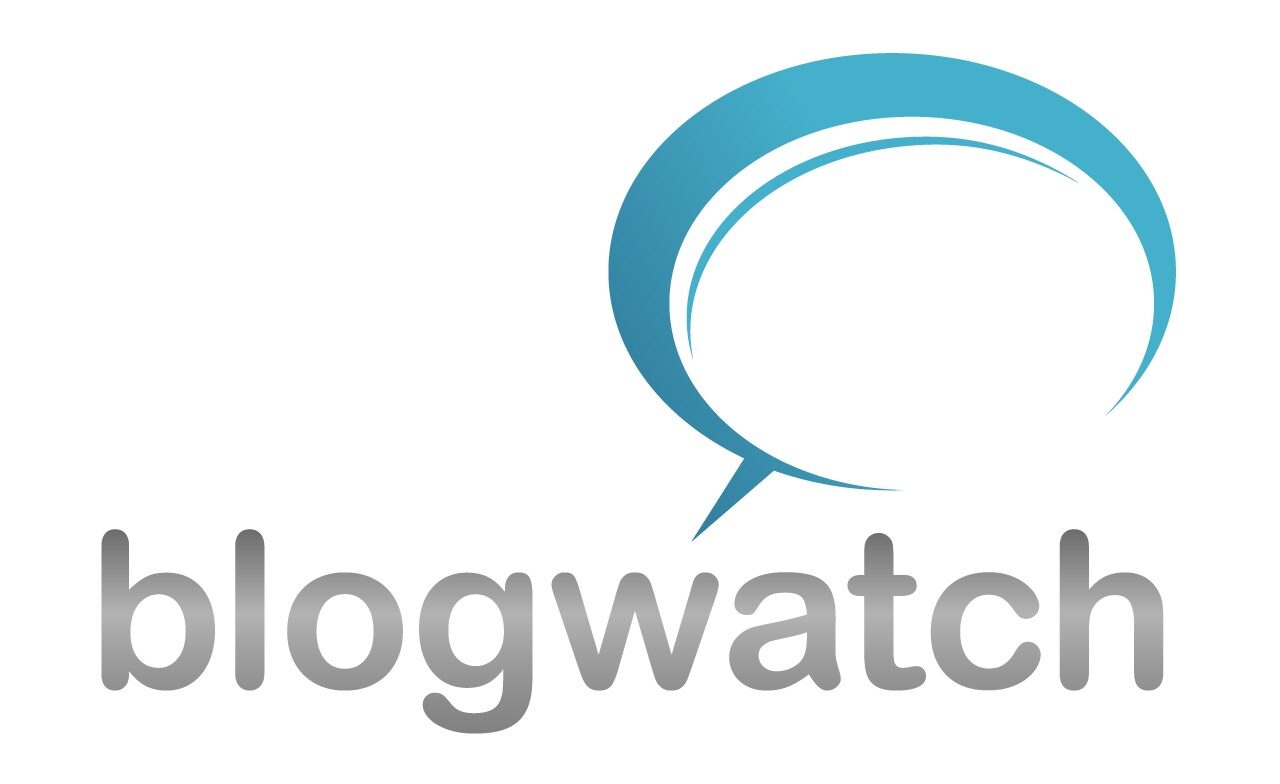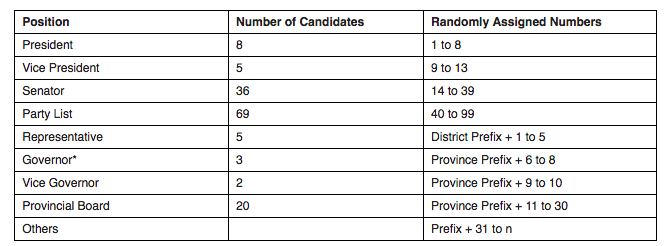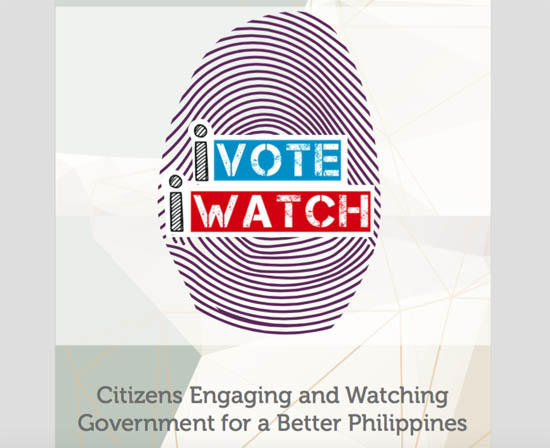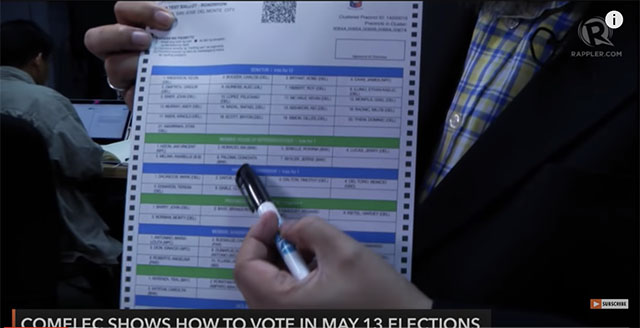NAMFREL suggests enhancement measures for the Automated Elections System (AES)
In June 2021, the National Movement for Free Elections (NAMFREL) submitted a position paper to COMELEC and Congress entitled “Enhancing the AES with the Adoption and Implementation of Technical Standards” in hopes that these could be adopted by COMELEC for the 2022 national and local elections.
In a press briefing held August 31, NAMFREL outlined the five main proposals, as follows:
Use of Open-Source Licensing
In past automated elections since 2010, COMELEC used proprietary software from Smartmatic which also provided the Precinct Count Optical Scan (PCOS) and Vote-Counting Machines (VCMs). Because the software was proprietary, it was difficult to do an independent review of the source code.
NAMFREL is proposing open-source election software. It said that this would open up the process to more prospective bidders for this component and will not tie Comelec to the same company supplying both the hardware and software. NAMFREL said the open-source code can be opened up for review by IT experts using whatever methods they deemed fit to test it.
Open source code, NAMFREL stressed, makes the process more transparent.
End-to-end use of Election Mark-up Language (EML)
NAMFREL says that in the current AES, data has to be converted from the election mark-up language (EML) on the VCMs to comma-separated values (CSV) format when results are electronically transmitted to the servers used by media, political parties, and election monitoring groups. These extra conversion steps not only result in further delay but the conversion process adds another layer of intervention and results in doubts over the credibility of the transmitted results. NAMFREL’s suggestion is to just use the EML format. That way, the same format is used throughout the AES process, and easier to do end-to-end testing after the elections.
Reformatting the ballot
NAMFREL is recommending that all candidates running for both national and local elections be assigned unique numbers at the onset and that the ballots will list them according to these numbers and not by surname (which is how all candidates are currently arranged, except for the party-list candidates).
NAMFREL says that these numbers can be drawn randomly at Comelec, in the presence of the candidates, their parties, and/or their authorized representatives. The randomly assigned numbers will also be based on the number of candidates per position and will not repeat. They presented this table to illustrate:
According to NAMFREL, this kind of ballot numbering using pre-assigned numbers addresses some problems in the past.
- Does away with the practice of certain candidates who use an alias or a number so that they come out on top when alphabetically sorted.
- Minimizes importance of name recall
- Minimizes pre-election campaigning since the numbers will only be released by Comelec just before the start of the campaign period
- Easier on the eyes as voters only have to look for the numbers of their chosen candidates
- Possible solution to “no votes” or “undervotes” as voters will already have their candidates’ numbers on hand before voting
Use of QR Codes on Election Returns (ERs) and Voter-Verifiable Paper Audit Trails (VVPATs)
In this age of QR codes, NAMFREL believes that placing QR codes in both the ERs and VVPATs acts as a check and balance measure. It also makes it easy for stakeholders such as political parties, election watchdogs, and other interested parties to scan the QR codes and do their own aggregating. Since the QR codes in the ERs and the VVPATs have to match exactly in each precinct, audit checks can be easily done at the precinct level. NAMFREL adds that this added feature makes the counting process more participatory and transparent.
Correct Implementation of Digital Signatures
A digital signature is an electronic signature of a person.
Currently, the ERs are electronically signed by the VCM. The machine signature is initiated by the members of the Electoral Board with the use of the iButton key which presumably holds the machine digital certificate.
NAMFREL proposes the correct implementation of the digital signature. The digital signature in the electronic results of the election should be those of the members of the electoral boards (EBs) or of the boards of canvassers (BOCs), instead of signatures from the machines supplied by the Comelec. NAMFREL likens the VCM’s digital signature to a rubber stamp only, unlike digital signatures of the EBs and BOCs to handwritten signatures on a sealed envelope. These signatures help certify the election results as authentic “even if the VCM results were not able to be transmitted electronically, as is the case in many parts of the Philippines where internet signal is still poor.”
NAMFREL recently launched a website, Vote For Us (www.VoteForUs.org.ph), to encourage and assist Filipinos to register for the elections and to participate in the entire electoral process. NAMFREL said it aims to provide relevant election-related information to voters through the said website.




